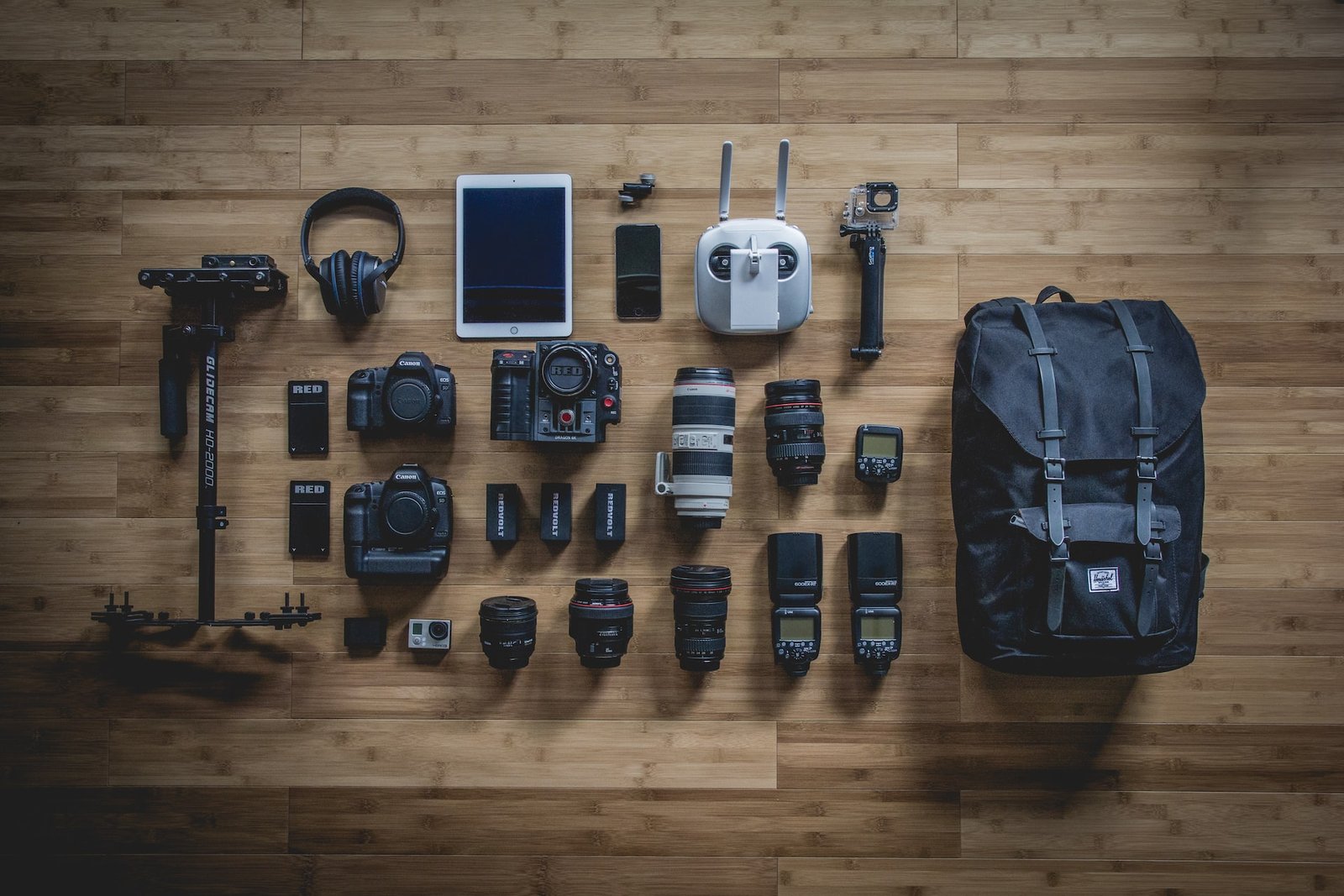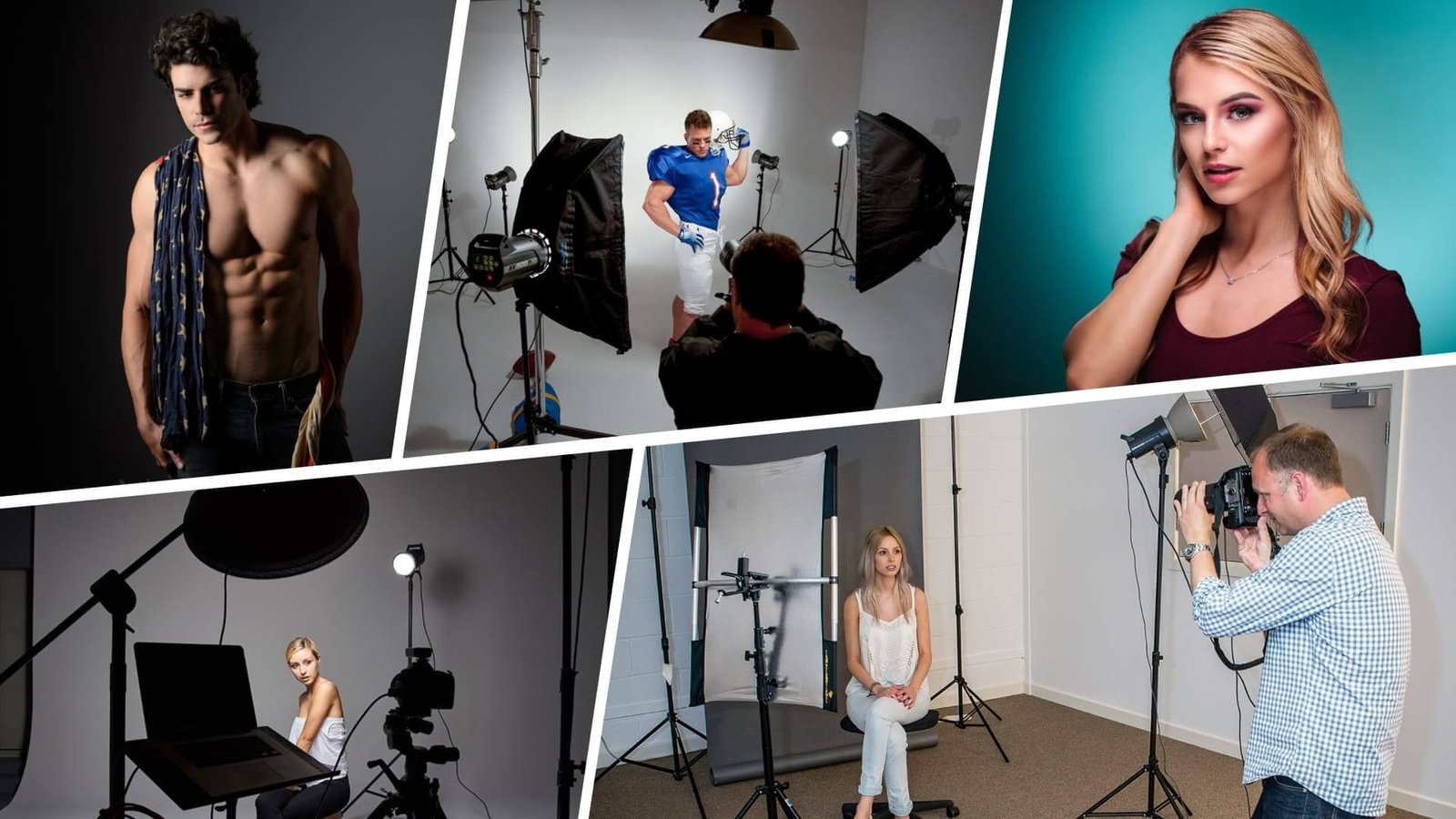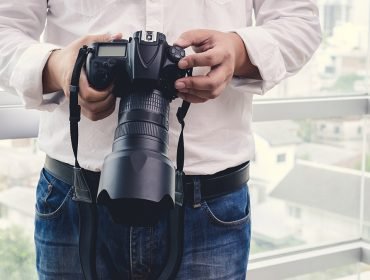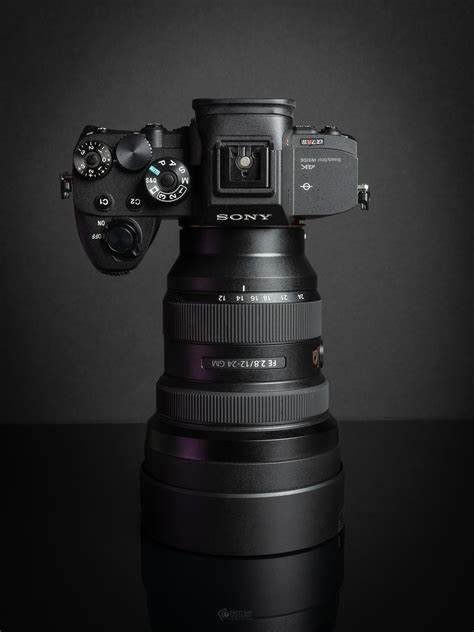Focal length is a fundamental concept in photography that significantly influences how your images turn out. It determines the perspective, composition, and depth of field in your photographs. This guide will help you understand what focal length is, how it affects your shots, and how to choose the right lens for your photography needs.
1. What is Focal Length?
Definition:
- Focal Length: The distance between the lens and the image sensor when the subject is in focus, measured in millimeters (mm). It determines the amount of zoom and the perspective of the image.
Types:
- Fixed Focal Length (Prime Lens): Has a single focal length (e.g., 50mm, 85mm) and typically offers better image quality and larger apertures.
- Variable Focal Length (Zoom Lens): Can adjust focal length within a range (e.g., 24-70mm, 70-200mm), providing versatility in framing and composition.

2. How Focal Length Affects Your Photos
Perspective and Composition:
- Wide-Angle Lenses (e.g., 14mm – 35mm): Capture a wider field of view, making them ideal for landscapes, architecture, and interior photography. They can create a sense of depth and make subjects appear smaller or farther away.
- Standard Lenses (e.g., 35mm – 50mm): Offer a field of view similar to human vision, providing natural and balanced perspective. Great for portraits, street photography, and general use.
- Telephoto Lenses (e.g., 70mm – 200mm and beyond): Allow you to zoom in on distant subjects, making them perfect for wildlife, sports, and portrait photography. They compress the perspective, making objects appear closer together.
Depth of Field:
- Shallow Depth of Field (Wide Aperture, e.g., f/1.8): Achieved with longer focal lengths, producing a blurred background and emphasizing the subject.
- Deep Depth of Field (Narrow Aperture, e.g., f/16): Achieved with shorter focal lengths, keeping more of the scene in focus, useful for landscapes and architecture.
Distortion and Field of View:
- Barrel Distortion: Common with wide-angle lenses, causing straight lines to appear curved.
- Pin-Cushion Distortion: Occurs with telephoto lenses, making the edges of the image appear pinched.
3. Choosing the Right Focal Length for Different Scenarios
Portrait Photography:
- Focal Length: 50mm to 85mm.
- Why: These focal lengths provide a flattering perspective and help achieve a shallow depth of field for beautiful bokeh effects.
Landscape Photography:
- Focal Length: 14mm to 35mm.
- Why: Wide-angle lenses capture expansive scenes and provide a greater field of view, essential for sweeping landscapes.
Wildlife Photography:
- Focal Length: 200mm to 600mm.
- Why: Telephoto lenses allow you to photograph distant animals without disturbing them, compressing the scene and bringing distant subjects closer.
Sports Photography:
- Focal Length: 70mm to 400mm.
- Why: A long focal length helps capture action from a distance, freezing fast-moving subjects with detail.
Macro Photography:
- Focal Length: 60mm to 105mm.
- Why: Macro lenses offer close-up focus and high magnification, ideal for capturing fine details of small subjects.
4. Understanding Crop Factor and Its Effect on Focal Length
Crop Factor:
- Definition: The ratio between the size of the camera’s sensor and a full-frame sensor (35mm). APS-C sensors typically have a crop factor of 1.5x, while Micro Four Thirds sensors have a crop factor of 2x.
Effect on Focal Length:
- Calculation: Multiply the lens focal length by the crop factor to determine its equivalent focal length on a full-frame sensor. For example, a 50mm lens on an APS-C camera will give an equivalent focal length of 75mm (50mm x 1.5).
Implication:
- Field of View: A crop sensor camera effectively extends the focal length of your lens, making it seem longer than it would on a full-frame camera.
5. Practical Tips for Using Focal Lengths
Experiment and Practice:
- Try Different Lenses: Experiment with various focal lengths to understand their effects on your composition and subject matter.
Understand Your Camera:
- Know Your Crop Factor: Be aware of how your camera’s crop factor affects focal length and field of view.
Use the Right Lens:
- Match Lens to Subject: Choose a lens that suits the type of photography you are doing, whether it’s wide-angle, standard, or telephoto.
Conclusion
Understanding focal length is essential for mastering photography and achieving the desired results in your images. By learning how different focal lengths affect perspective, composition, and depth of field, you can make informed choices about which lens to use for various scenarios. Experiment with different focal lengths, understand the impact of crop factors, and match your lenses to your photography needs to enhance your skills and capture stunning photos.











